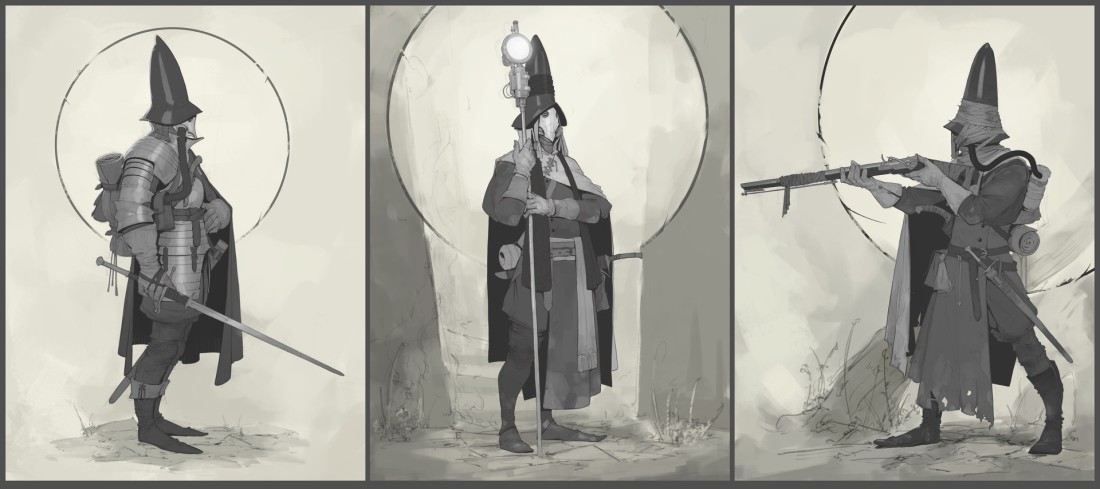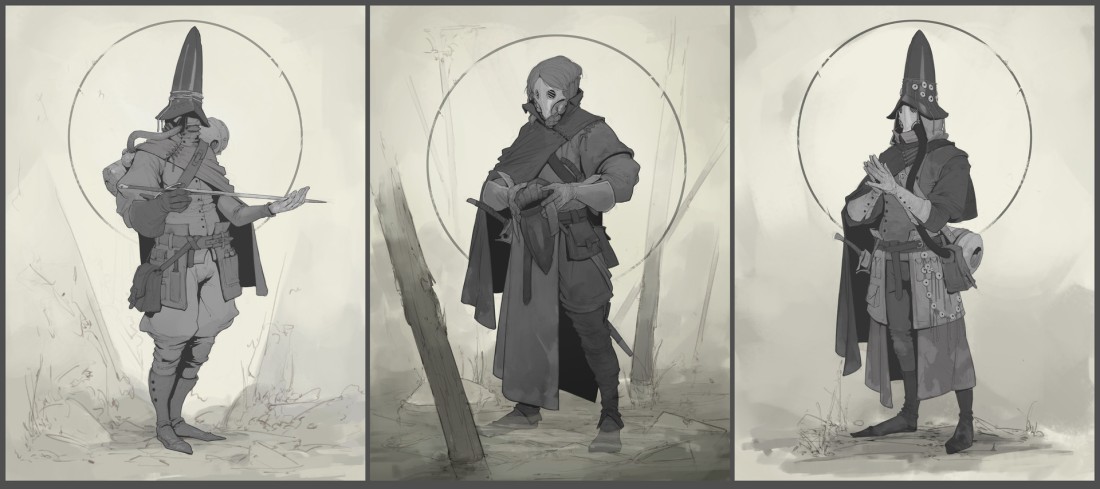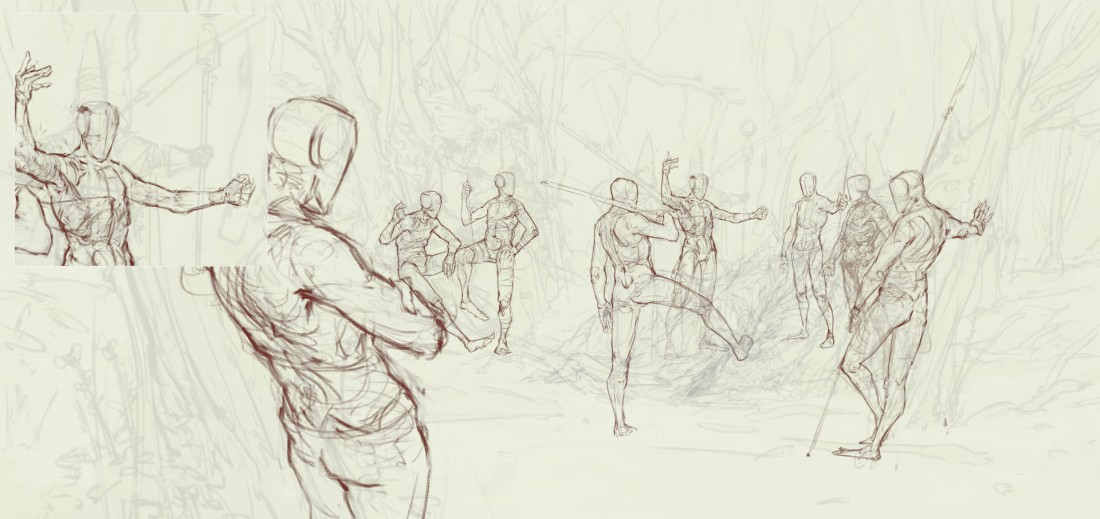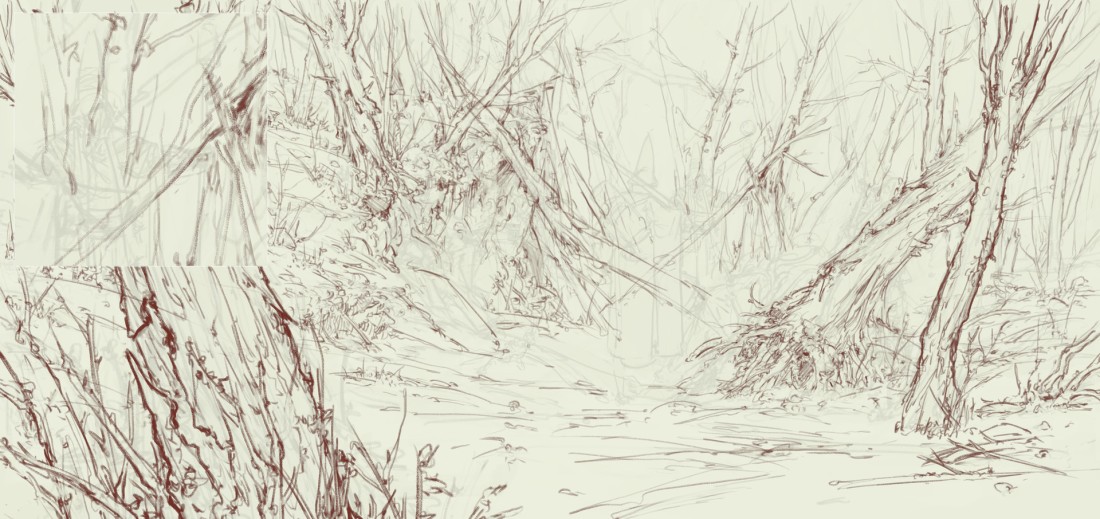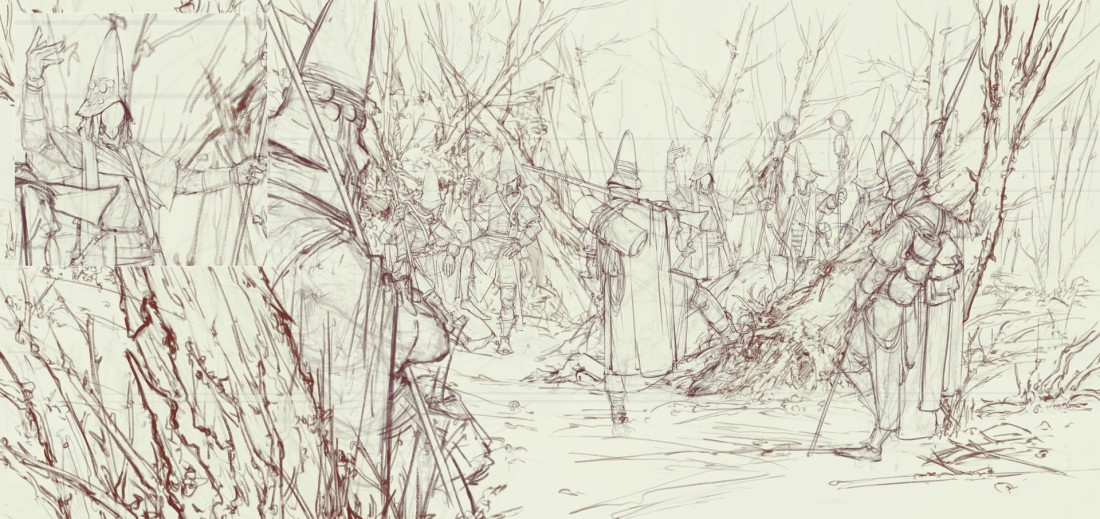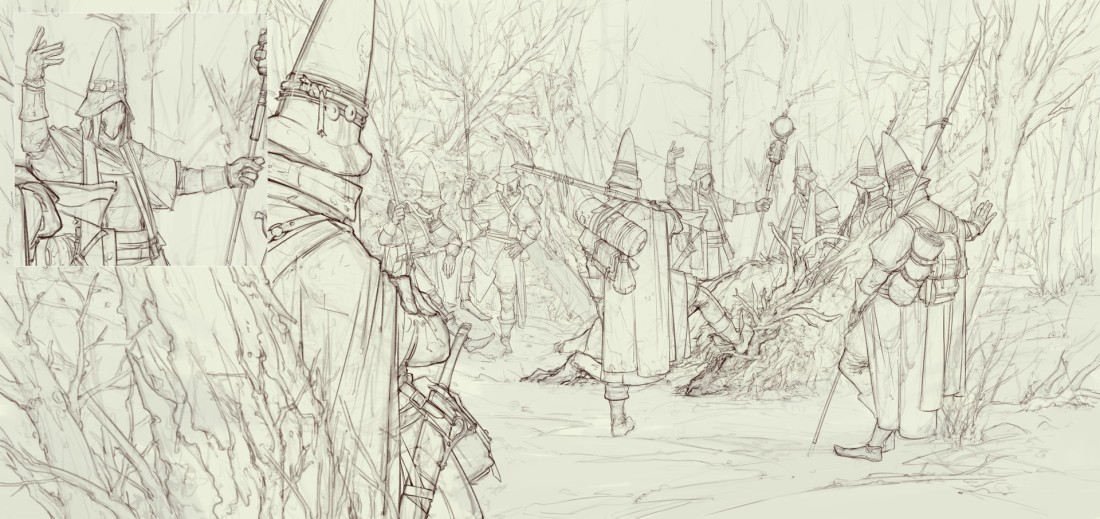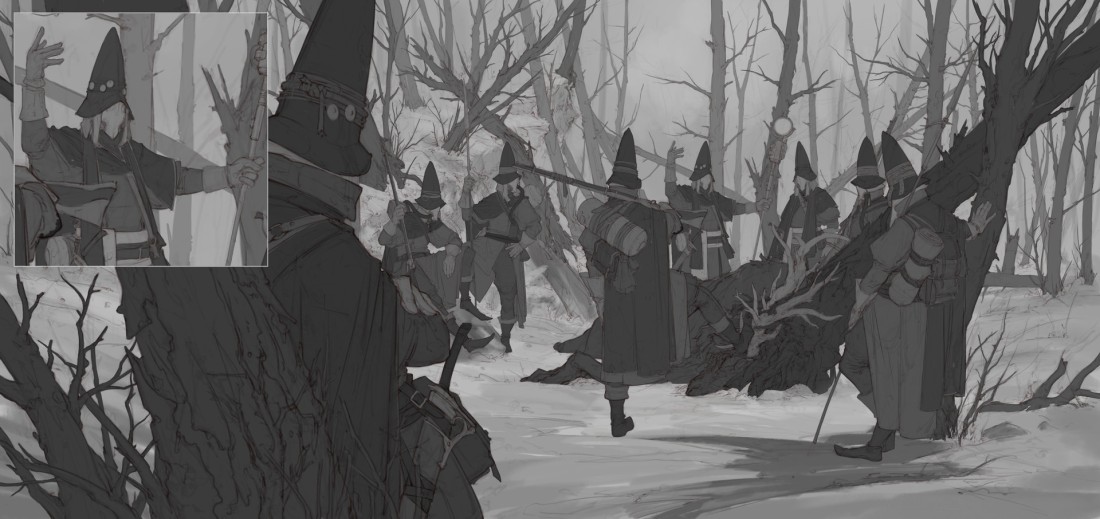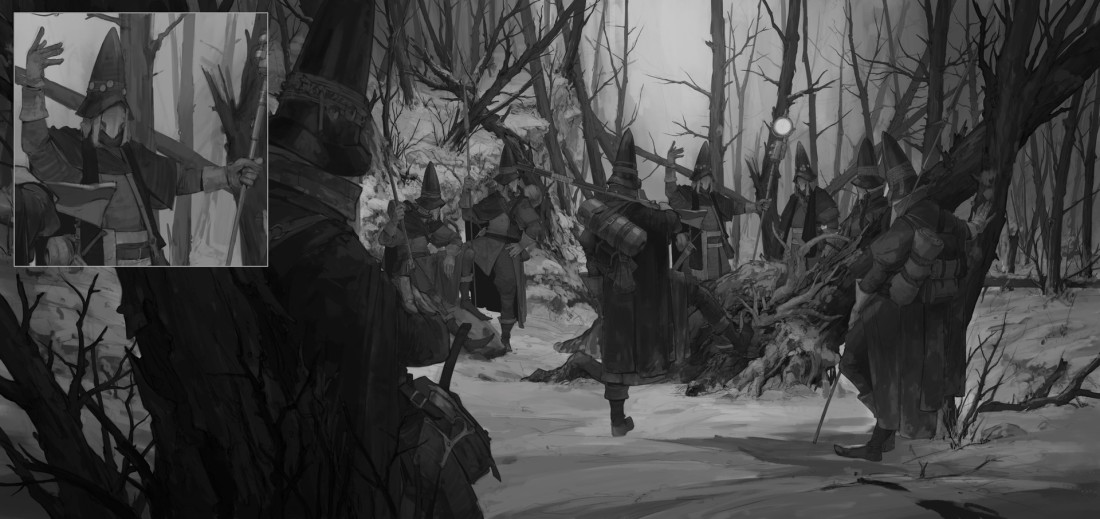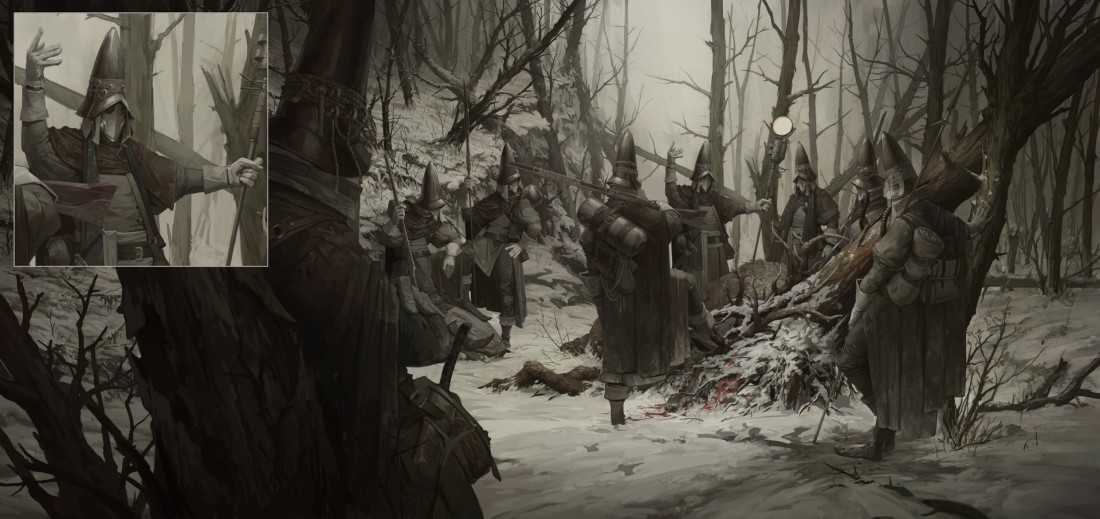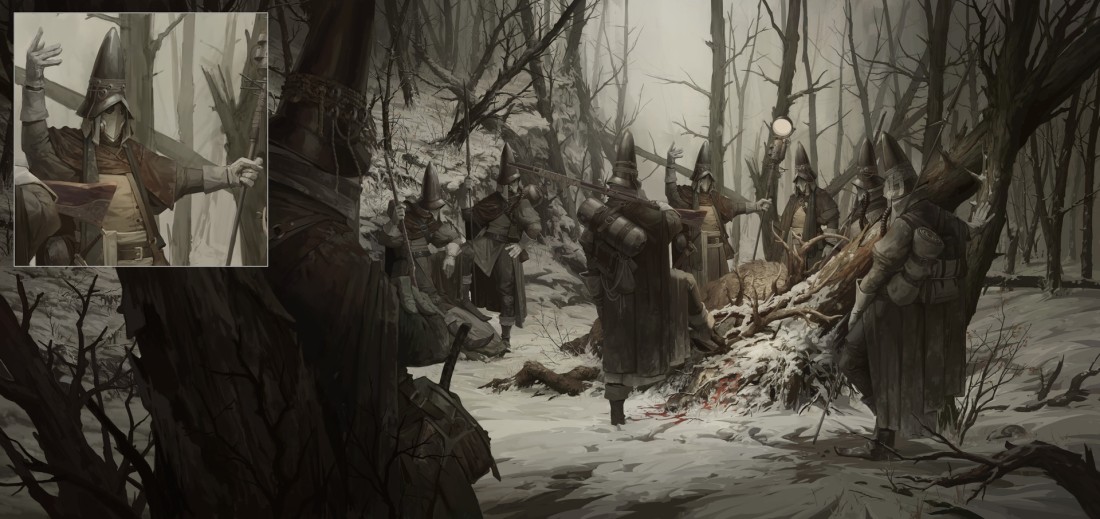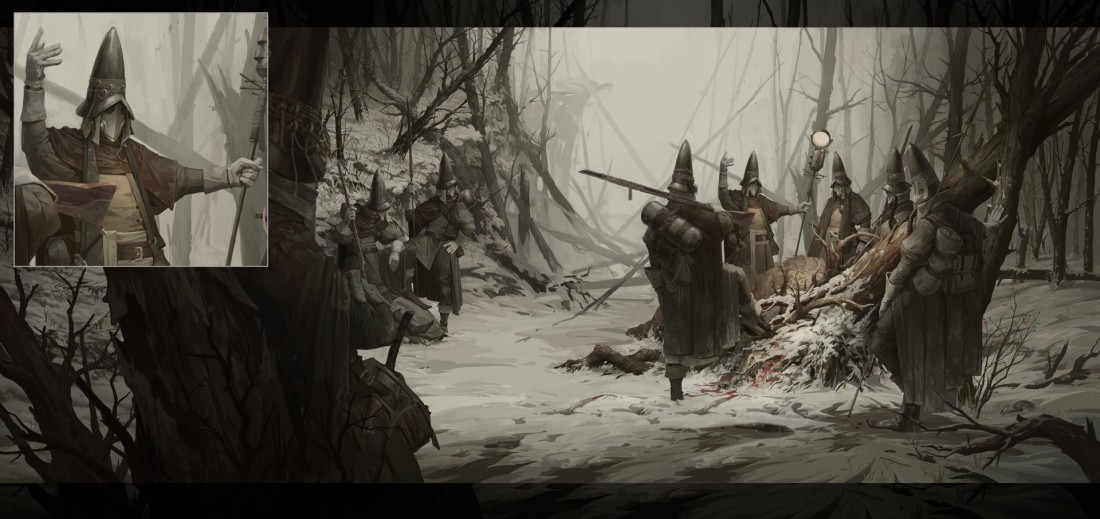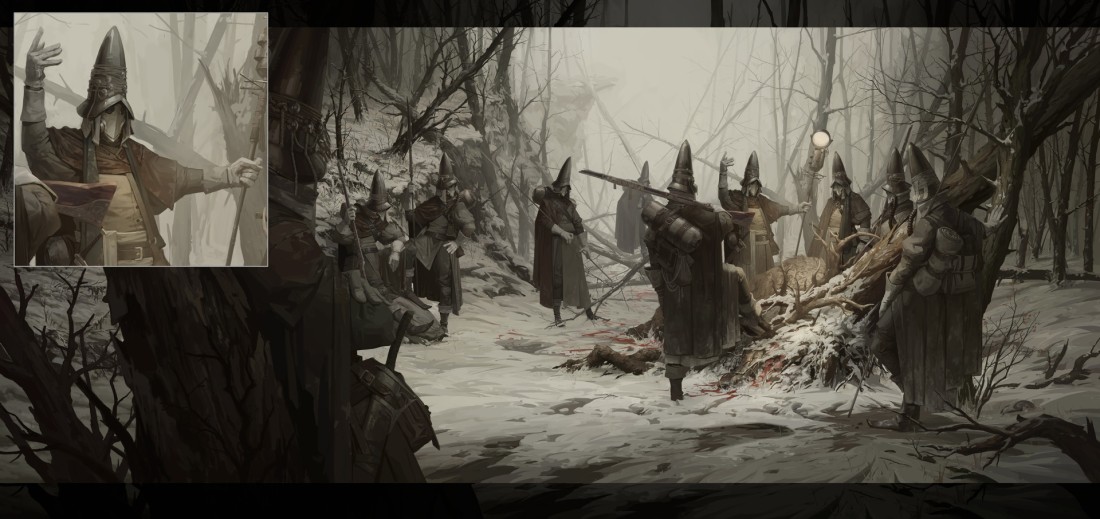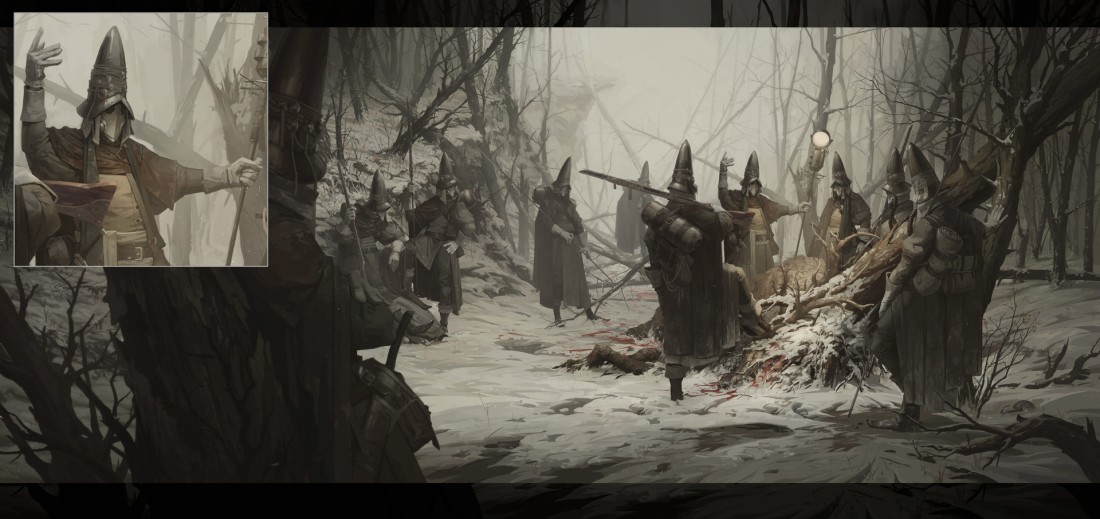For the longest time, Nesskain Hks has remained a very big influence on my life and career as an artist. He puts together a mesmerising concoction of flow-y, yet edgy, lines, dynamic postures, enthralling compositions and stunning portrayal of light in his colours. His larger than life portrayal of his subjects, and his handling of warm and cool ambiences, makes him an extremely talented illustrated and, for me, spearheading the international industry of Entertainment Illustrations. (Also, till very recently, I believed Nesskain to be from Europe considering his illustrative style and the colour communication he uses. But it so happens, he is Asian!)
Nesskain has a whole arsenal of projects in his belt, ranging from popular culture representations to anthropomorphic and original characters. He has created worlds, and some unique sentiments flowing through those worlds. His work creates the feeling of nostalgia, struggle and an overall attraction towards what he is capable of demonstrating to his audiences.
Here’s a look at Nesskain’s beautiful work, project-wise –
1) Cafe Rouge
These illustrations, titled ‘Cafe Rouge’ portrays a character Nesskain has drawn plenty of times in his personal works. Known by his fans as just ‘The Bearded Man’, Nesskain has portrayed him with his partner. Not only are these illustrations beautiful and creates a beautiful dance between warm and cool colors, but also, portray a very romantic and heart-felt relationship.
Nesskain’s colours are a number of steps ahead of simple cell-shading, and yet, there are visible patches of fixed colours, which ofcourse blend into a magnificent image, and that too, pretty seamlessly. His bold application of highlights only adds to the effect. The environment created around the characters doesn’t at any point shift the focus from the characters. The buildings, greenery and the people are either blurred out or lack the saturated colours of the main characters, thus adding to the balance of the illustrations.
2) Charlie Bone
Through the series of illustrations Nesskain has put up, Charlie Bone seems to be the story of a girl who has been brought up by a single father who was a fighter, and has raised his daughter to be exactly that. His illustrations describes the journey of this female fighter, Charlie Bone. The style of the illustrations in terms of the colours are also varying in nature.
An exceptional aspect rolling through these illustrations is the cinematic nature of these frames. The figures are energetic, their poise is strong and their posture reflects the kind of character they are.
3) Fourteen Golden Weapons
This series showcases Nesskain’s true creativity. Anthropomorphology, being a very complex unit of character design where animals are personified with human traits, is handled radically well by Nesskain. Each of these characters are so believable in their traits, body structure, ethnic representations and colours, it leaves little doubt about Nesskain’s proficiency.
4) Harry Potter Illustrations
Illustrating a concept that has taken on the reputation of a world-wide phenomena is an extremely challenging task, considering books, movies and other forms of media has already been created in connection to these concepts. Nesskain however, has brought together a concept such as this, Harry Potter and created illustrations for it. Now I know not what these illustrations are for and if such a comic has actually been made and published, but these works are absolutely beautiful, from any consideration or point of view.
To begin with, neither the characters nor the ambiences hold any resemblance to the characters of the movie or the games. So Nesskain has brought a fresh feel to the storytelling of Harry Potter. And yet, every character is equally recognisable through features and body language. Compositionally too, the artworks are very emotive in nature and grows within the audience, a great feeling of nostalgia. Excellent character conceptualisation, amazing compositions and beautiful colours; this is definitely the best of Nesskain’s work, for me.
5) Overwatch
The nation-wide phenomena that is Overwatch, would also be illustrated by Nesskain; first as Fan-Art and then officially through Blizzard for their cinematic trailers. The sheer action portrayed in this works are breath-taking and Nesskain does complete justice to the works. These works are guaranteed to bring sheer excitement to the lovers of the game and lovers of commercial art alike.
6) R.U.S.T. Comic
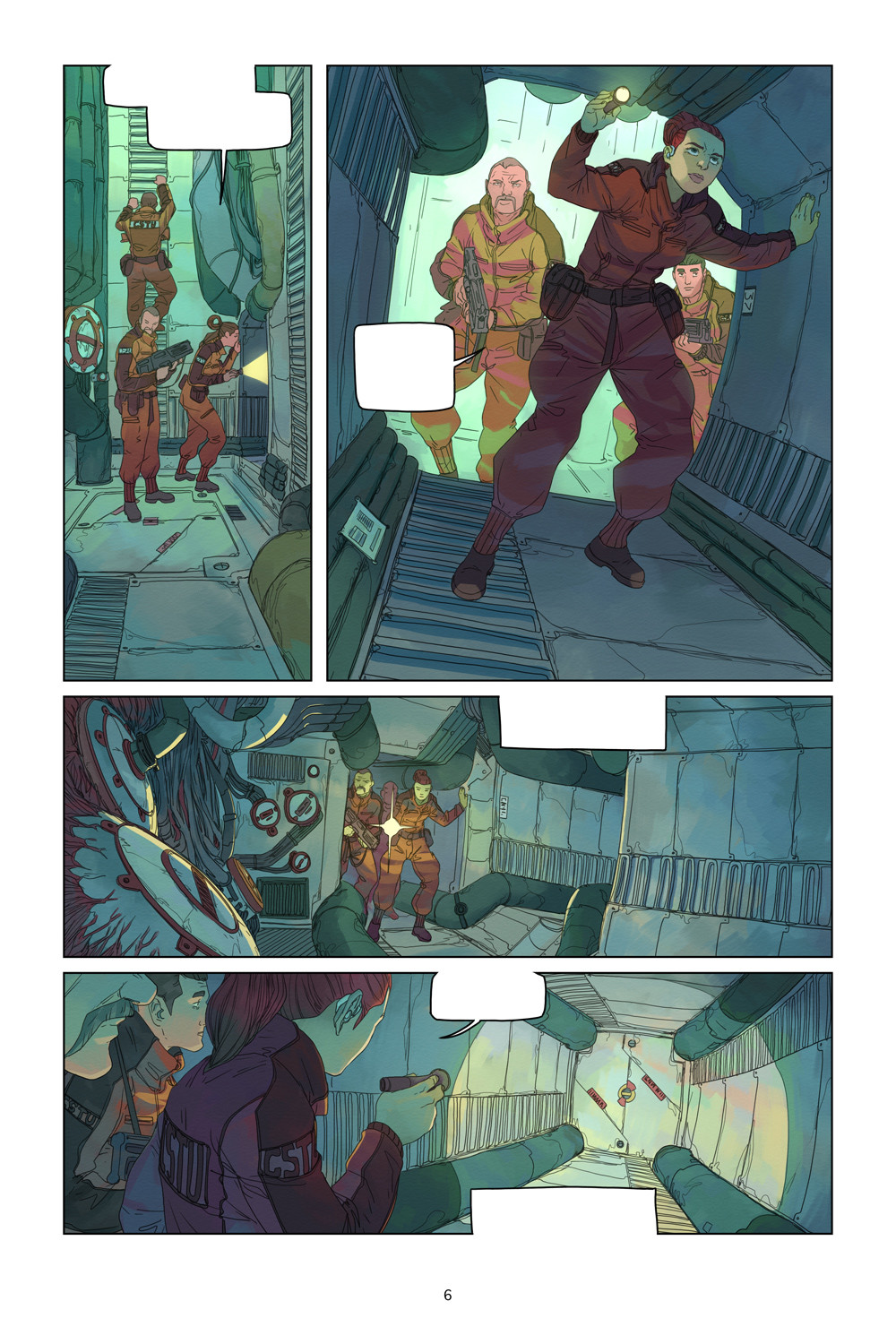
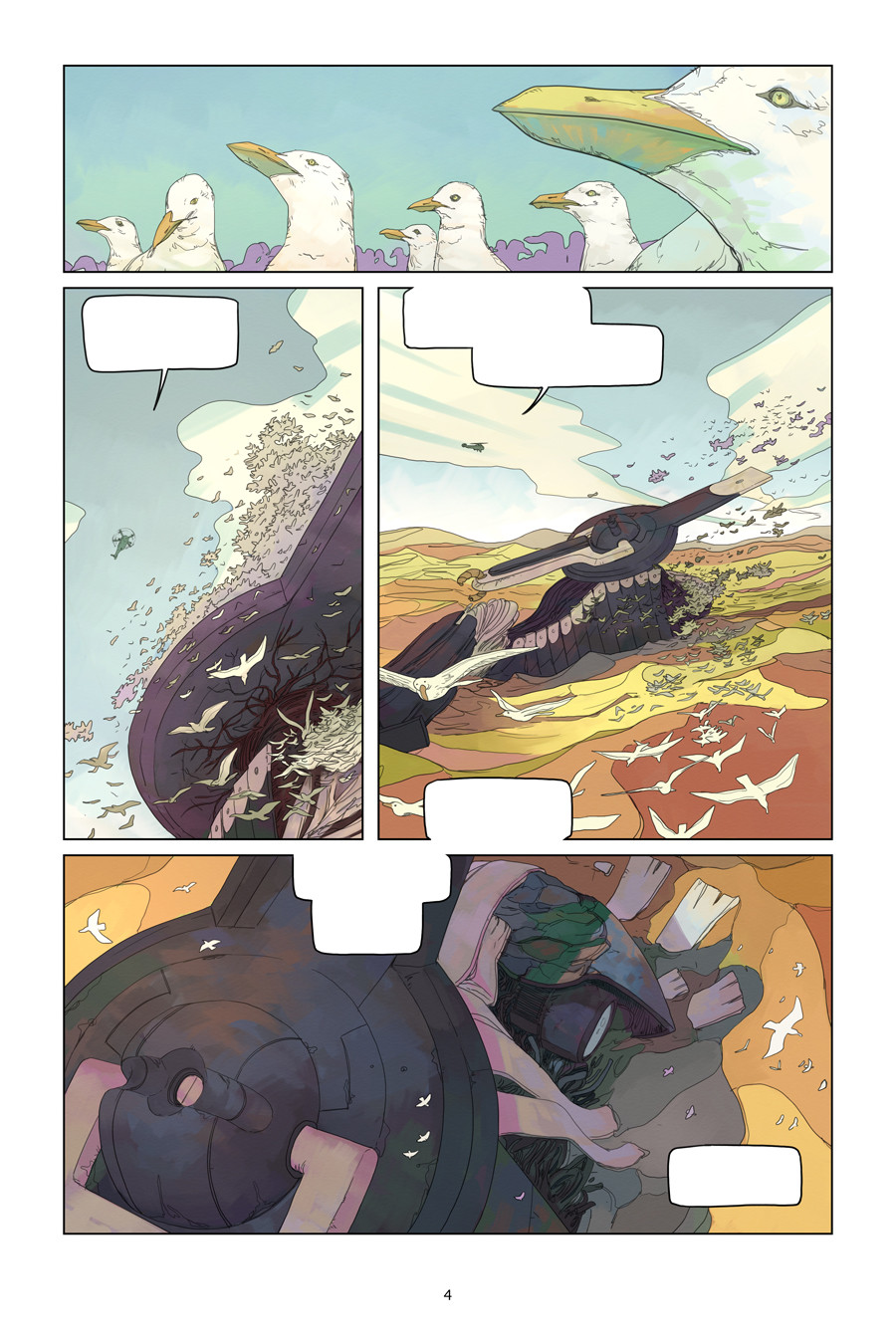
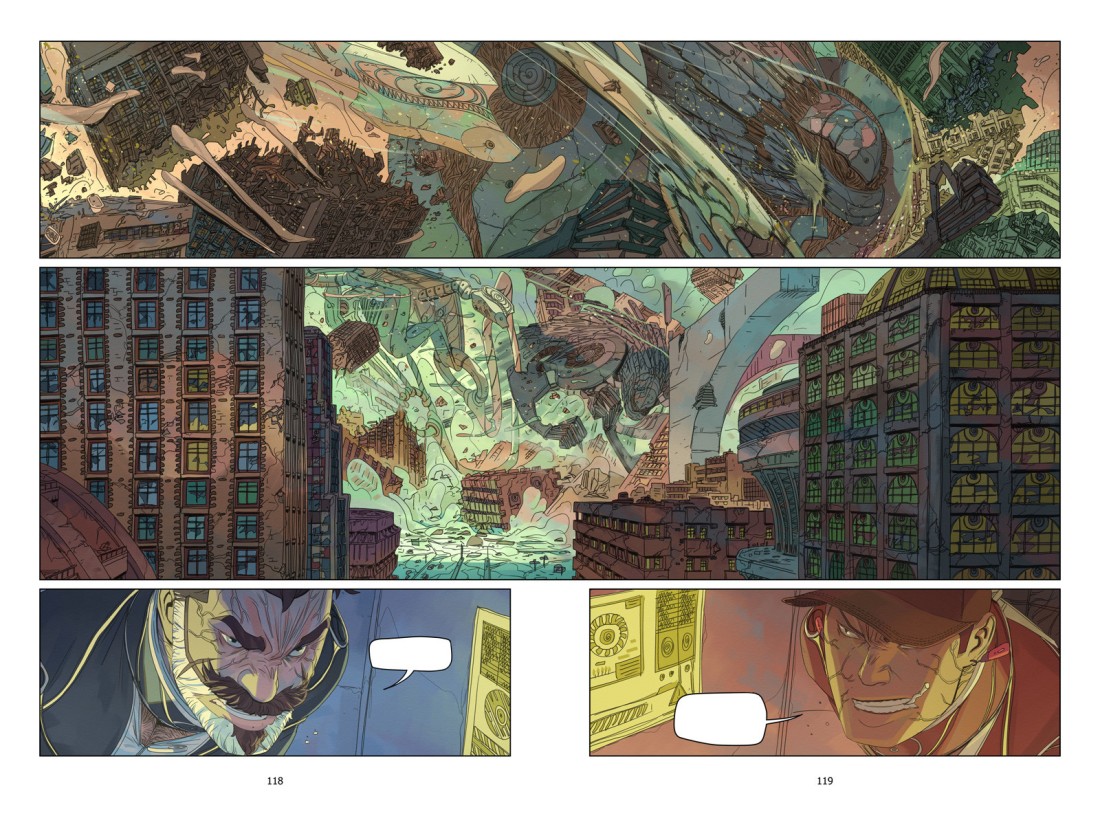
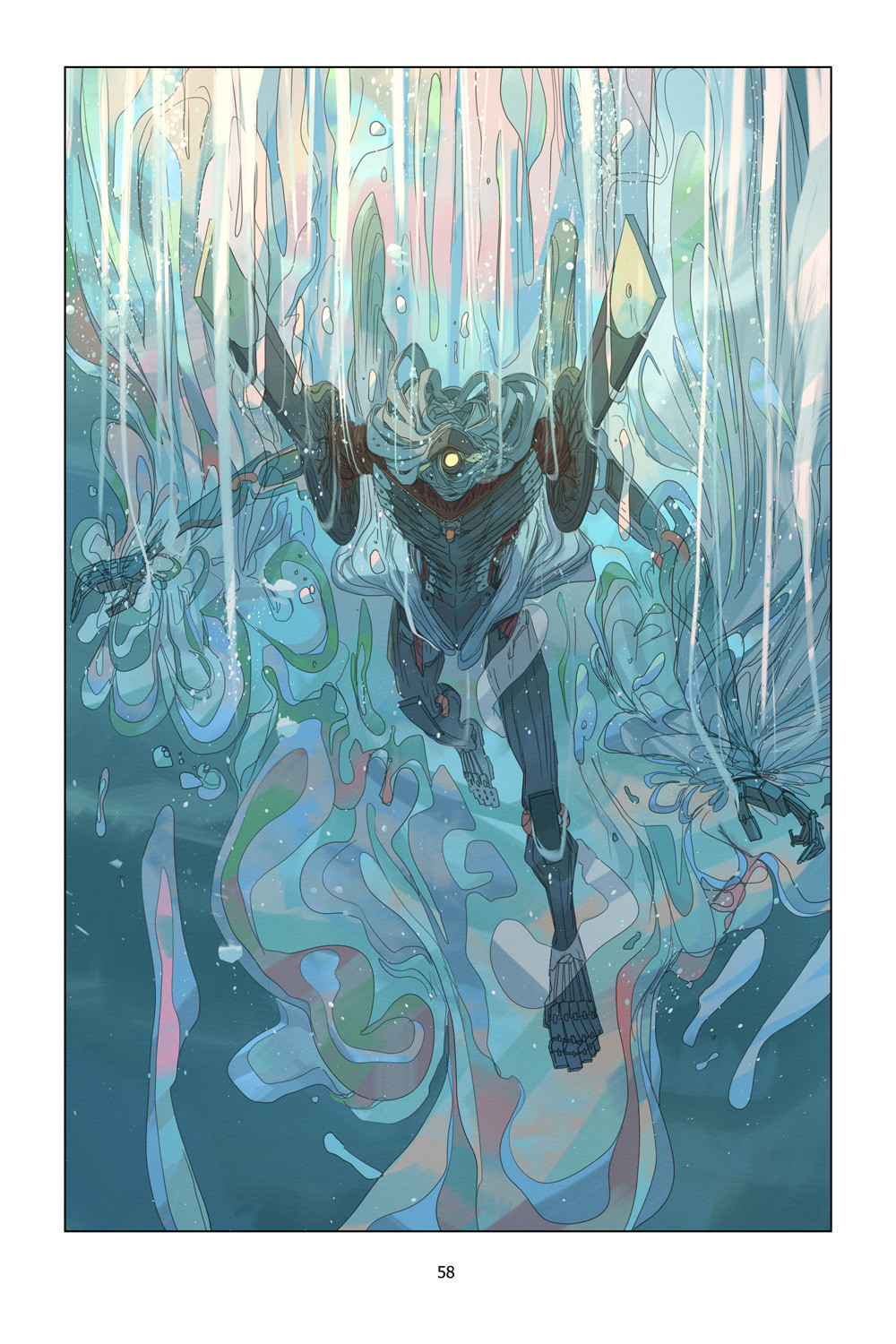
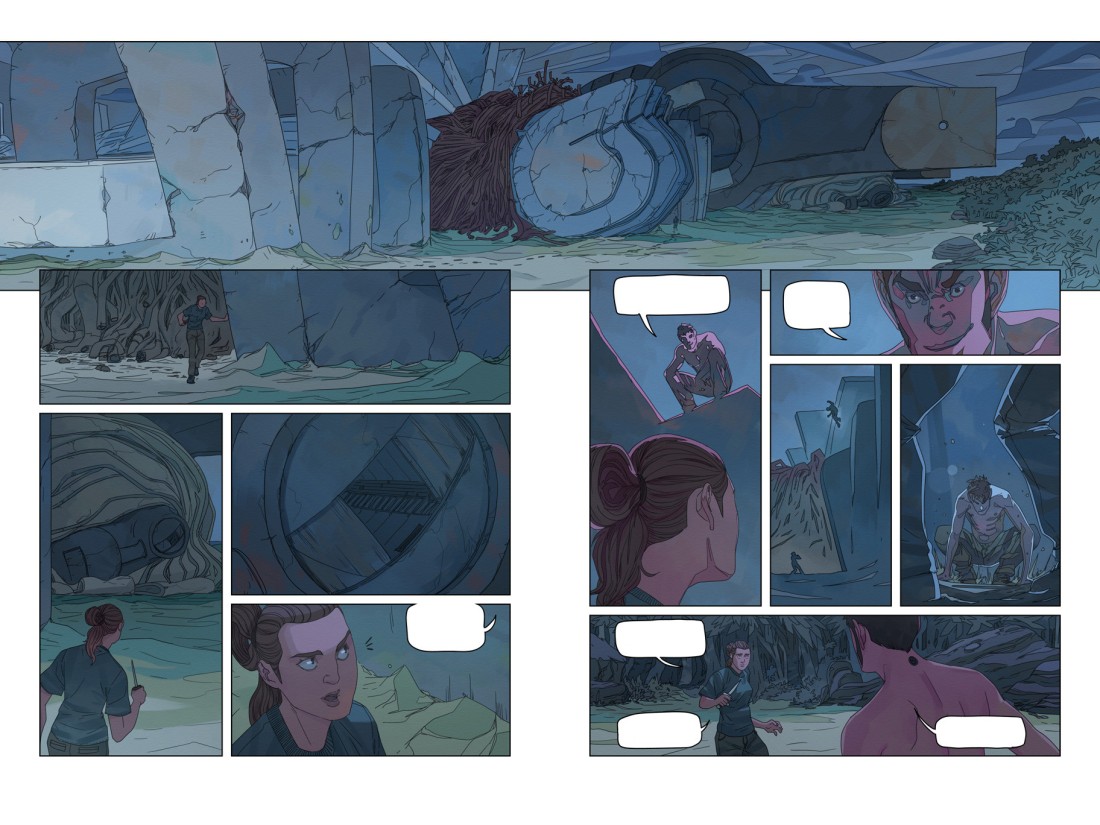
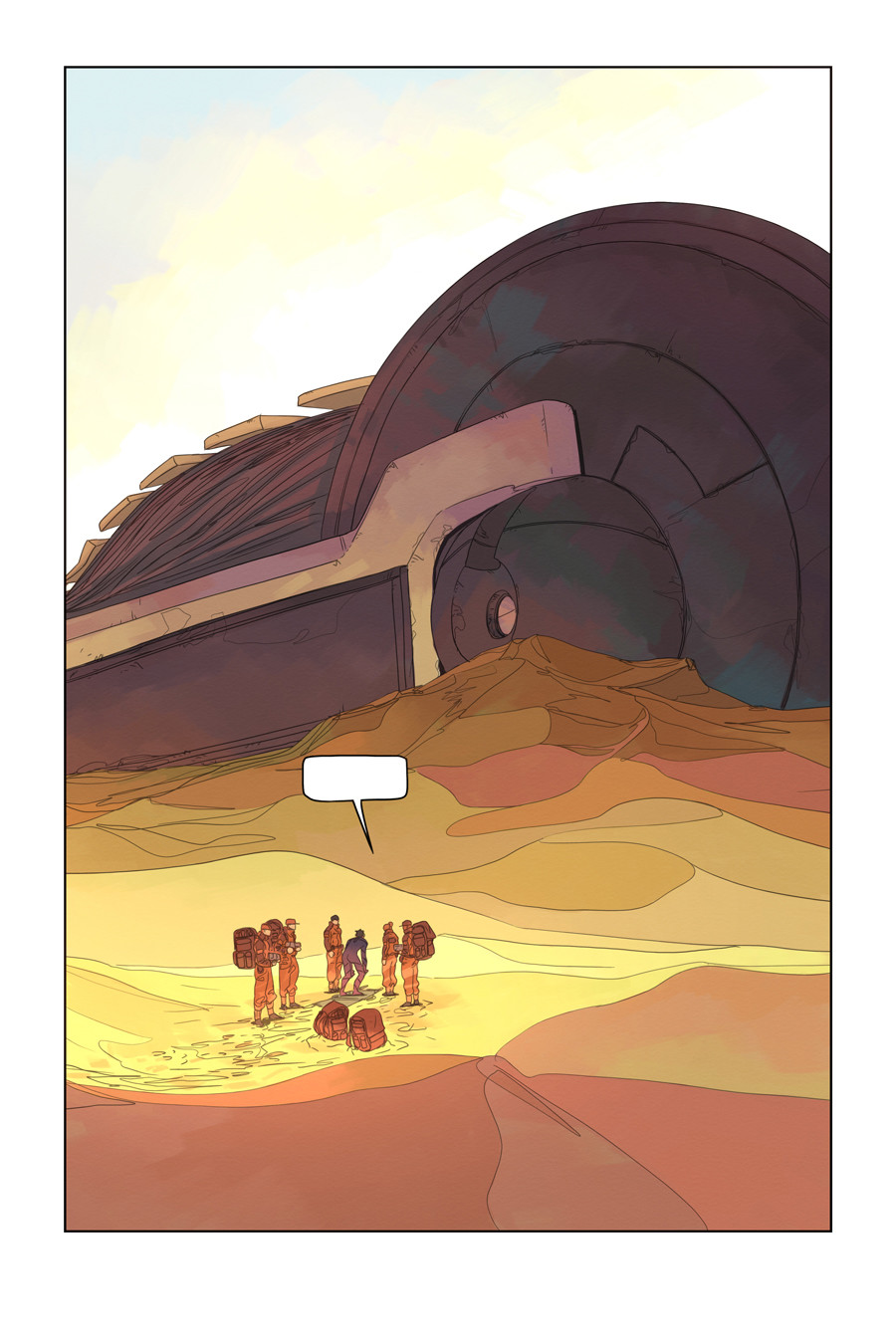
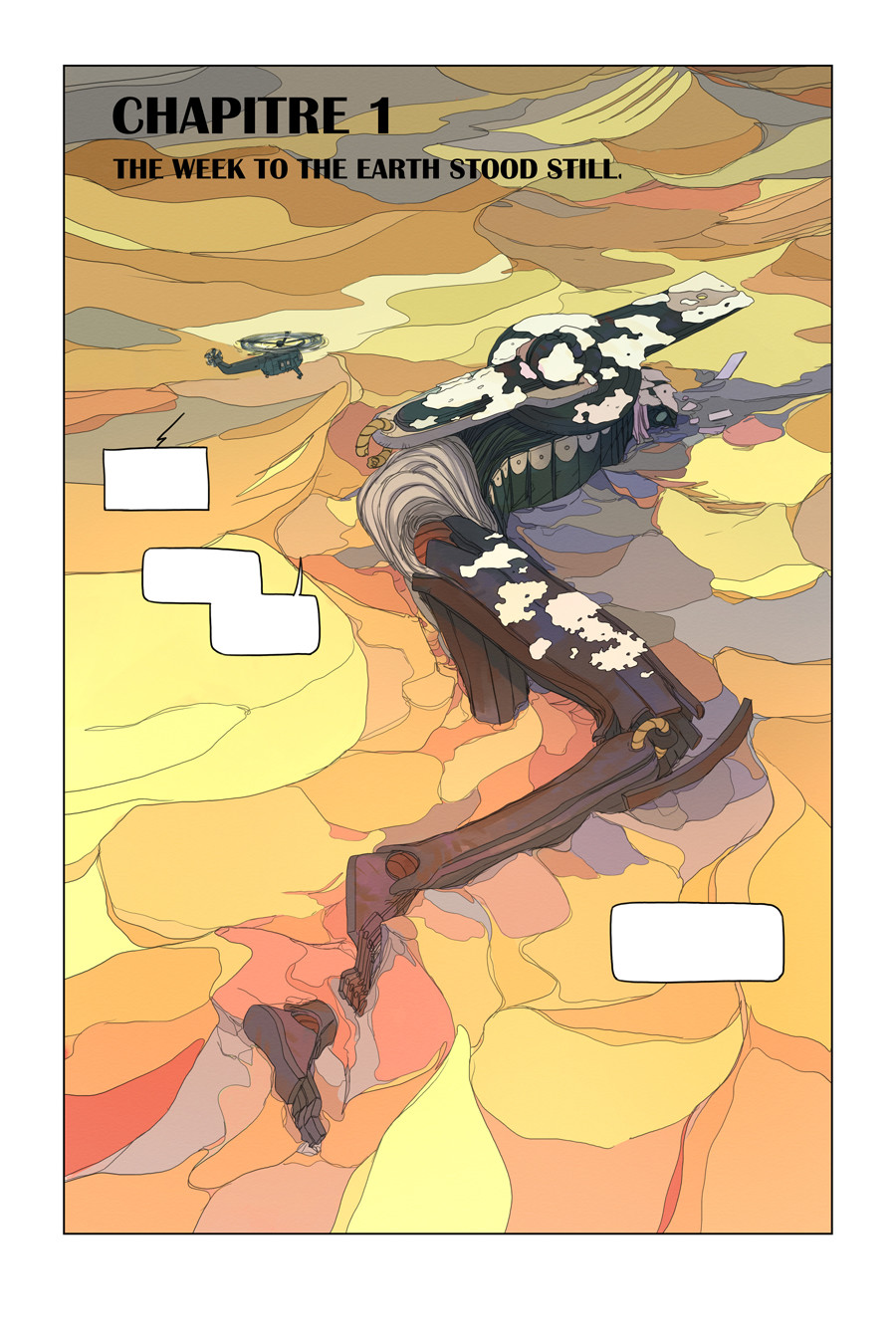
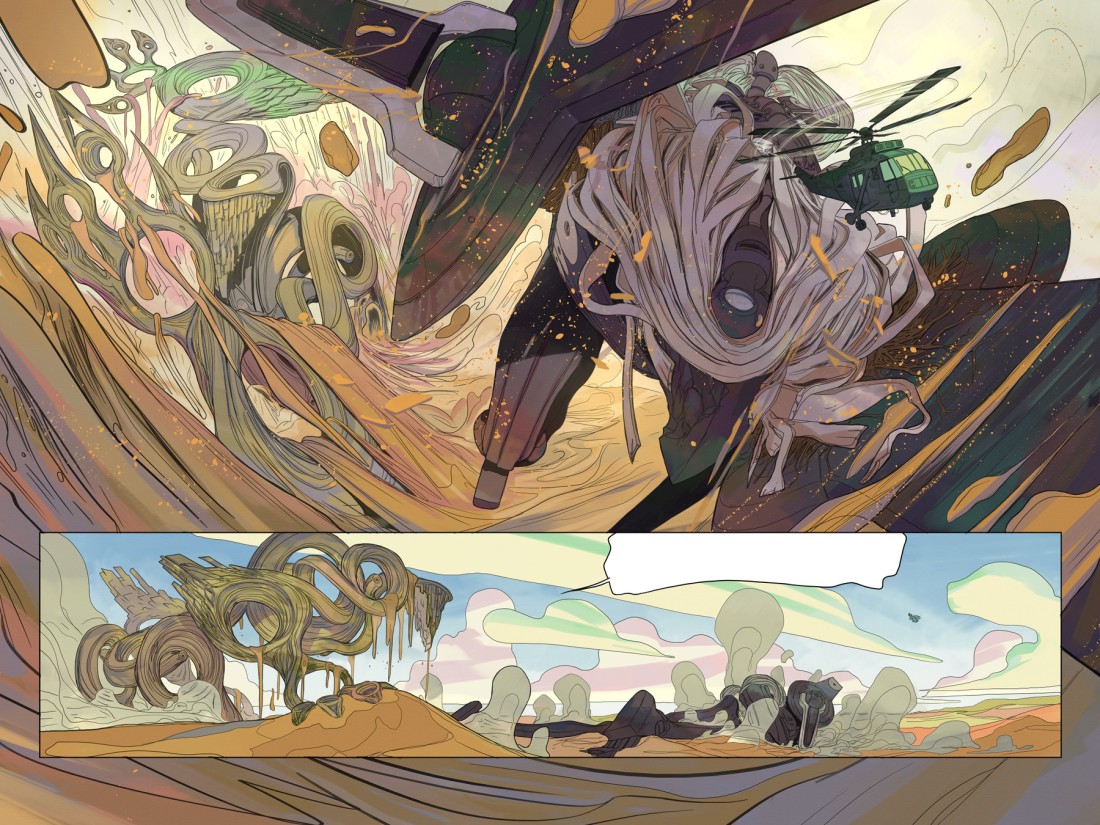
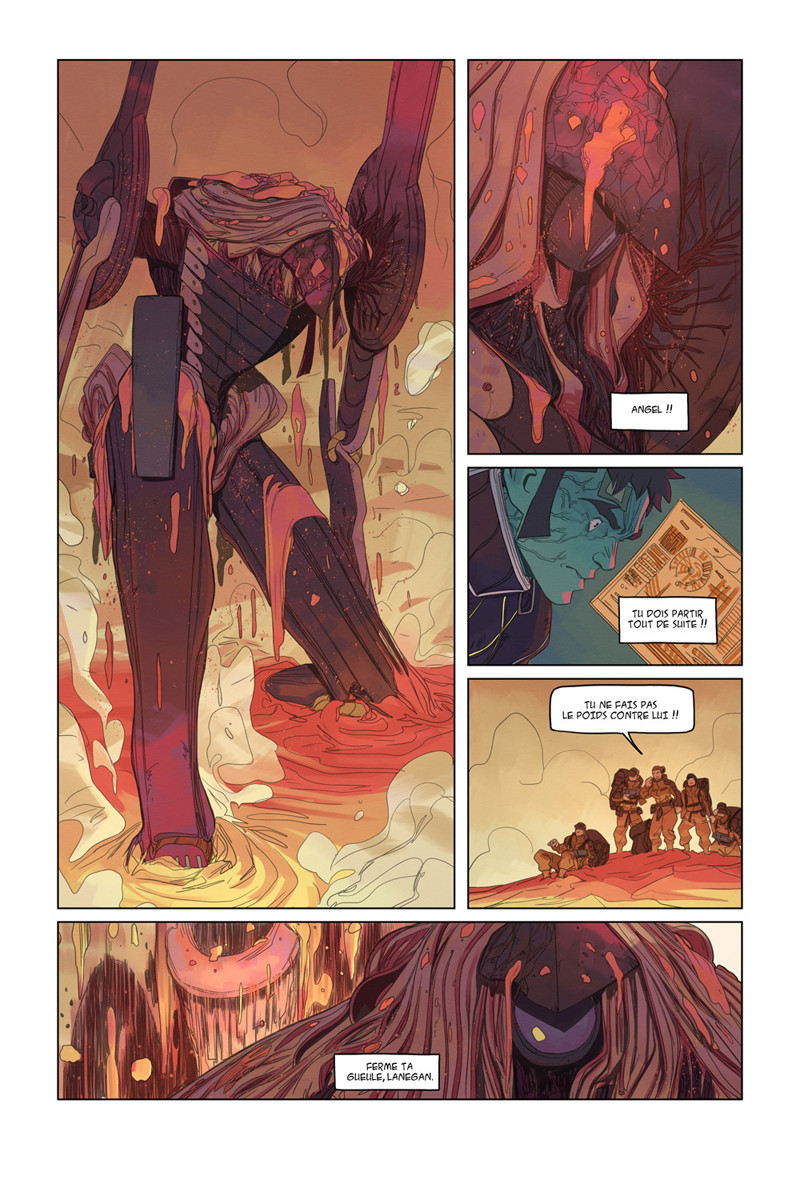
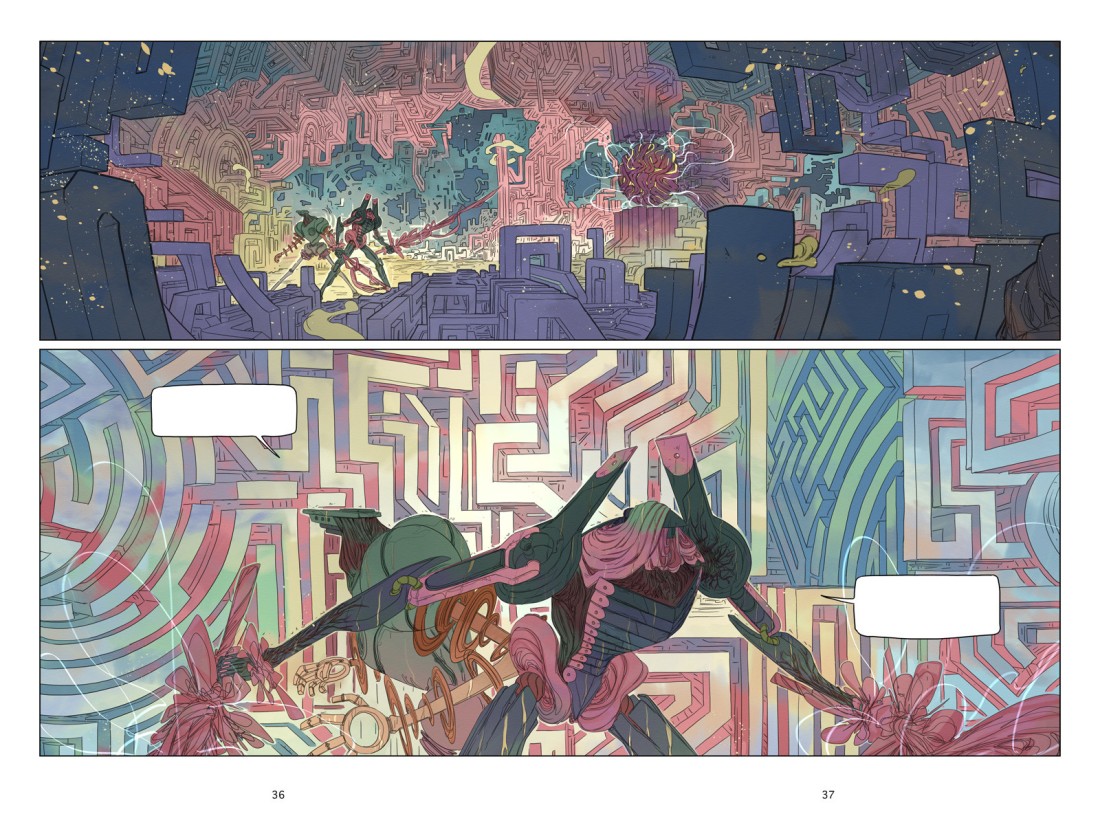
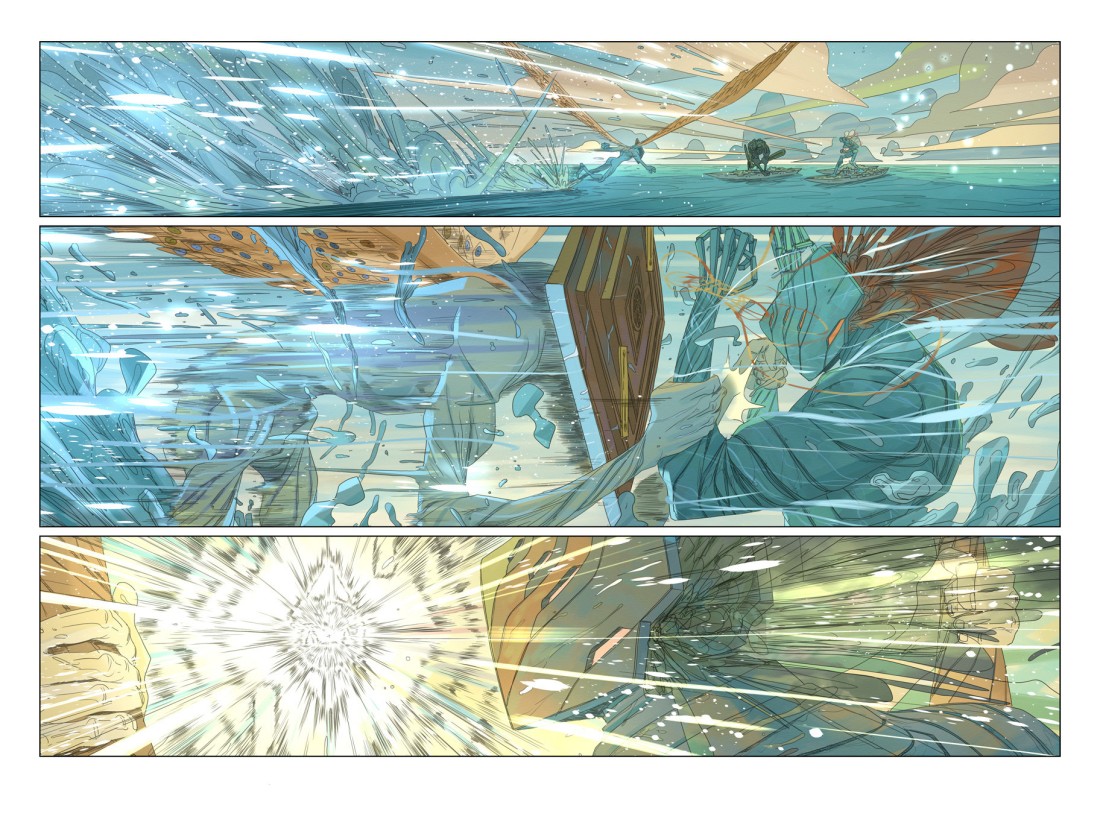
These are Nesskain’s comics page illustrations for the comic R.U.S.T. Nesskain has used a completely different colour palette as compared to his previous illustrations, sticking more towards desaturated and/or flat colours, rather than the sharp high contrast saturated ones. And yet, it still works and works so well, amplifying the dynamism as it flows through each of the pages. The panelling system is very simple but the content within the panels does not allow the readers to be distracted by the simplicity of the panel science in the pages.
7) Work In Progress Steps
Here I leave the last section of the article – The Step by step process of creation for the Nesskain’s illustrations.
If you like Nesskain’s awesome works, you can follow his works on the given links –
https://nesskain.artstation.com/
http://nesskain.deviantart.com/
https://twitter.com/nesskain?lang=en
https://www.instagram.com/explore/tags/nesskain/?hl=en
https://nesskaintips.tumblr.com/
All the artworks displayed in the article solely belong to the artist – Nesskain Hks. We do not hold any claim to these artworks.































































































































































































